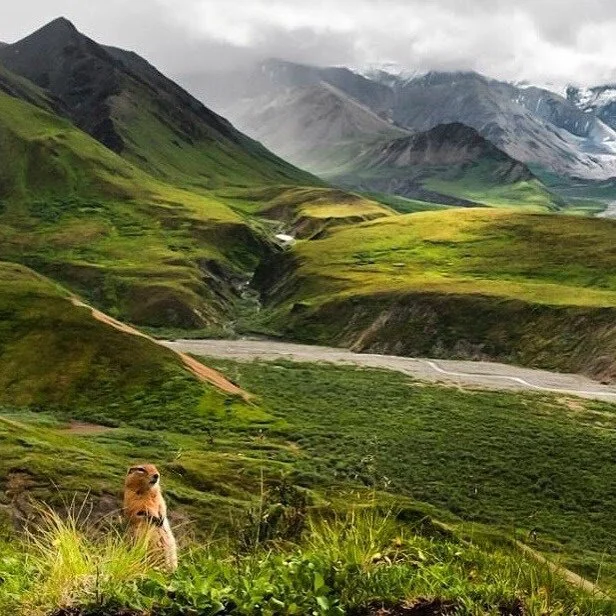{Denali National Park image originally posted by @usinterior} The homeland of the Dena’ina, Tanana, Koyukon, Ahtna, and Upper Kuskokwim, Denali National Park and Reserve does a better job than most public lands at acknowledging the cultural history of its constructed wilderness including officially restoring the name of the mountain. This is important because instead of centering recreation as the first and most important human use of the park, it places it in the context of a 12,000+ year human history of the area.
However, it still fails to address the role of colonialism in the park. Unlike in the mainland U.S., aboriginal land claims in Alaska were eliminated in the Alaska Native Claims Settlement Act of 1971, creating Native corporations rather than sovereign nations. Because of this, while Denali allows subsistence and traditional uses (hunting, gathering, fishing, etc.) in the park, it doesn’t differentiate between Indigenous traditional use and settler traditional use - and would have no legal basis to do so under Alaskan law. Many settler families of course rely on the subsistence economy, but the conflation of the two histories obscures the different pasts and power dynamics of these groups, suggesting reconciliation where conflict still exists. These histories take longer to tell and are complicated, but that doesn’t mean we shouldn’t take the time to learn them.


